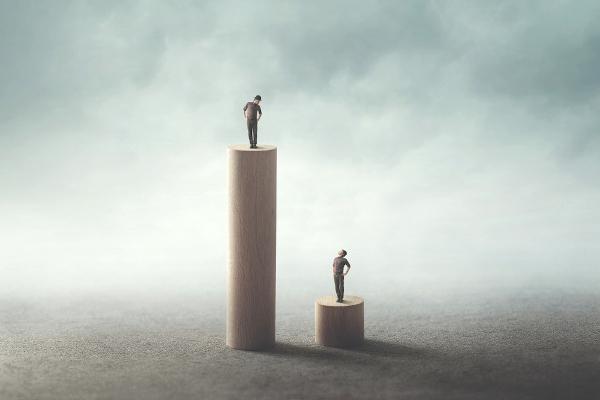O Welfare State (from English, welfareState), is characterized by State intervention in social and economic life.
Therefore, the State intervenes in the economy to guarantee equal opportunities for all citizens through the distribution of income and the provision of public services such as health and education.
This public management model was adopted in Norway, Denmark and Sweden, among others.
Main features: summary
The main characteristic of the Welfare State is the defense of citizens' rights to health, education, social security, etc.
It was created based on the model of economist John Maynard Keynes (1883-1946), who broke with the free-market vision in favor of state intervention in the economy.
In this way, the Welfare State defends the nationalization of companies in strategic sectors, the creation of free and quality public services.
Therefore, the State needs to interfere in the economy, regulating it to prevent monopolies, generate employment and income, and build infrastructure. Consequently, working hours are 8 hours, child labor is prohibited and workers are entitled to unemployment insurance and Social Security.
The Welfare State is seen as a way of combating social inequalities, as it promotes access to public services for the entire population.
Causes of the Welfare State
The Welfare State was implemented around the world because of the crisis of the Liberalism, a model that preached market freedom in relation to the State.
So it was a solution to the crisis of the early 20th century, of which the First World War and the 1929 Crisis were a symptom.
However, these public policies were also a response to labor movements and Soviet socialism, which rivaled the Capitalist model during the Cold War. After all, it was necessary to demonstrate which of the models provided better quality of life for its citizens.
Historical Context of the Welfare State
During the 1920s, the United States was a favored and overheated economy by restructuring Europe.
However, by the late 1920s, European countries had already recovered from World War I, which led the US economy to collapse from overproduction.
In order to rescue it, President Roosevelt launches, in 1933, the economic recovery program for the United States, the New Deal. This consisted of massive investment in public works, destruction of stocks of agricultural products and a reduction in working hours.
End of the Welfare State
With the 1973 oil crisis, the production of industrial goods became more expensive.
Thus, state-owned companies were no longer able to compete with private companies and the money destined for them ended up being destined for other purposes.
In the 1970s, the exhaustion of this model becomes evident. Leaders like Margaret Thatcher, British head of government and Ronald Reagan, of the United States, defend the state reduction in the economy.
Thus, neoliberalism begins in the West.
We have more texts on this subject:
- Ronald Reagan
- Keynesian
- neoliberalism
- Meritocracy
- Social differences

